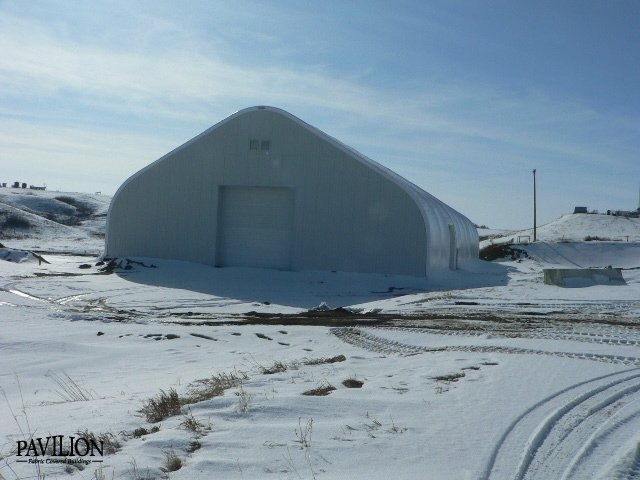
A fabric structure or building is fabric-covered that is meant for temporary or permanent usage. While permanent installations are mainly made of bricks, concrete, and lumber, a fabric building is generally made of lightweight tensile fabrics.
Portability is a significant advantage of temporary and portable fabric structures buildings. Since temporary buildings only consist of steel frames and a fabric covering, they are not constrained to any specific place. They can be maneuvered and reassembled according to the owner’s choice. The popularity of fabric structures has increased rapidly for their numerous advantages over traditional structures.
Faster and easier installation process
Building and installing portable fabric structures is relatively easy and simple compared to traditional structures. Apart from that, it generally incurs less time to install them than conventional structures due to their less complicated structures.
Cost-effective
Fabric buildings can be erected and assembled at a very nominal cost compared to traditional structures. Permanent buildings are typically constructed of heavier materials, bricks, and concrete, which eventually requires more labour in the construction process. The increase in labour directly increases the overall construction cost. Though fabric structures incur a lesser expenditure, they still offer no less durability and quality than permanent structures.
Apart from that, as the fabric structures are not permanent, many municipalities do not require a building permit to erect fabric buildings. Most city administrations also don’t keep fabric structures to their tax bracket or require zoning permits. This, in turn, reduces the overall cost.
Fabric building offers natural lighting conditions
Portable structures built with tensile fabric provide an abundance of daytime light underneath due to the translucent nature of the fabric, thus making it an attractive and comfortable space below for everyone.
Flexible in designing
Because of its unique flexible characteristics, portable fabric structures allow the architects and engineers to experiment with the form to create alluring yet steady structures.
It needs low maintenance
Because of a PTFE coating on woven fibreglass membrane and a protective acrylic or PVDF top-coat on PVC membranes, portable fabric structures require less attention. As a result, they have established themselves to be more cost-effective in case of its maintenance.
Lightweight Nature
Due to its lightweight nature, tensile fabric requires less structural steel support than traditional building products, which ultimately proves to be more cost-effective. Additionally, due to their lightweight, they need less support to cover extensive distances. So, portable fabric structures are preferred over other options when building warehouses and covering large playing areas, swimming pools, or amphitheatres.
If you want to explore portable fabric buildings at length, or you are ready to configure one of these for your home or business needs, then you can get in touch with Pavilion Structure Canada. They specialize in fabric building construction and are pretty experienced in catering to the needs of clients worldwide.
wordpress theme by initheme.com

